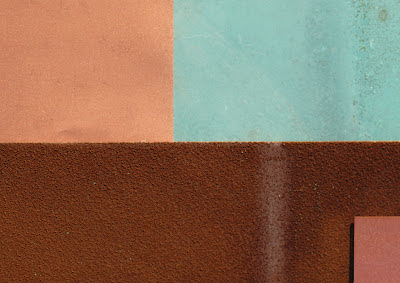 |
| Cardbord-Cathedral-Christchurch-Shigiru-Ban |
Plans are announced to build a 25-metre high cathedral constructed with 104 tubes of cardboard. The structure will be a temporary replacement for the iconic stone ChristChurch Cathedral, which was ruined last year in an earthquake
The Japanese architect, Shigeru Ban, has used cardboard as a material for other temporary buildings, including a "paper church" which is used as a community center after the 1995 Kobe earthquake in Japan.
http://www.heraldsun.com.au/ipad/nz-to-get-cardboard-cathedral/story-fn6s850w-1226328585996




